My journey into wilderness therapy was a quest to understand rites of passage and the ways we incorporate them today. I explored that question with boots on the ground and a small library on my Kindle and Audible accounts. Over the past couple of seasons that I spent backpacking with Rites of Passage Wilderness Therapy, I learned much from authors like Arnold van Gennep, Joseph Campbell, Carl Jung, Bill Plotkin, and Robert Bly. Richard Rohr and Jordan Peterson read whole books to me on the long drive from Idaho to the Olympic Peninsula, while Martin Shaw and Belden Lane gave me new ways to tell stories in the woods.
I’ve learned much from these teachers and have appreciated being able to live through their lessons with boots on the ground and a pack on my back.
They taught me that a rite of passage defines a specific time and place for a child and their community that marks their transition out of childhood and into adulthood, with all its rights and privileges and responsibilities. Built into it are the expectations for what it means to put away childish thinking and take on adult living.
But rites of passage from youth into adulthood are just the beginning. In, The Rites of Passage, Arnold van Gennep describes numerous rites used across several cultures for the various stages of life we all experience. From this bird’s eye view, he defines a rite of passage in three parts: Severance or Separation, Liminal Space, and Incorporation or Re-incorporation.
A wedding, for example, is a rite of passage in which the couple separate from their respective families (ie: the bride is given away), they take their vows in the Liminal Space of the ceremony, and they are Incorporated back into their community as a new family during the reception.
Prison is an example of a long-term Liminal Space. A citizen is Separated from his or her community through courtroom “rituals”, endures the Liminal Space of prison for the duration of their sentence, and then is Re-incorporated back into their community, usually through the process of Parole. (What’s lacking for returning citizens is the community recognition of their Re-incorporation as citizens. They often remain identified as criminals or inmates in the public mind.)
Wilderness therapy follows the same structure. Here’s how it breaks down at ROP:
Severance or Separation
Our students begin their journey by being separated from their families. This might be a parent dropping them off at the Ranch, or it might be a transport service picking them up unexpectedly and dropping them off at the trailhead; much like ancient tribal elders who used to “kidnap” coming of age children from their mothers for their own rite of passage. Their street clothes and personal belongings are replaced by trail clothes and a pack full of gear. With no iPhone, no watch, and no idea of what they’re really in for, our kids set their foot to the path and step into the Liminal Space.
Liminal Space
Wilderness is the container in which we hold Liminal Space. Within that space, we provide the tools our students need to do the work of inner change. At ROP, we push our students outside their comfort zones by backpacking them over long miles in daunting landscapes and to the top of mountains they never thought they’d be able to climb. We teach them how to light fires with flint and steel and moss, even in the rain and snow. They learn how to pitch a tent and stay warm and dry through the night. They swim in mountain rivers and eat wild berries that taste best above 4,000 feet. And they spend 24 hours alone in the wild…twice, overcoming fears in the night and creating a new vision for tomorrow. When the impossible becomes routine, our students begin to see how capable they truly are. They see how far they’ve come and begin to believe in how far they can go.
Following Joseph Campbell’s model of the Hero’s Journey, the key to the whole experience is for each student to find their personal gift within, their “elixir of life” as Campbell would say. This is the treasure of their new identity that they will take back to their families as a gift. Once they’ve discovered this gift and understand a little of how to live it out, our students are ready to be Re-incorporated into their families.
Incorporation or Re-incorporation
At ROP, we hold graduations at the trailhead, so our kids get reunited with their families in all their smelly, trail-worn glory. We circle up and the graduate gives a speech reflecting on their time at ROP. Then we all take turns telling a story about the graduate on trail and giving a word of encouragement for their journey home. Tears are common when family members, who have been doing their own inner work, share their hearts, too. Finally, we break out the graduation treats, usually fresh fruits and vegetables, brought by the family members of graduates. Celebrating the completion of a rite of passage with a shared meal is an old, old tradition and a big deal for kids who have been living on dry foods for weeks!
As a rite of passage, wilderness therapy is a threshold experience that marks a student’s transition out of what was and into what will be, but it’s not a narrow threshold. It’s more “passage” than “rite,” if you will. Wilderness therapy is a journey of its own, a Hero’s Journey that takes our students out of the chaos of home and to the edge of their maps where they come face to face with their fears. And that is where they find their gift.
“The cave you fear to enter holds the treasure you seek.” ~Joseph Campbell
When they face the challenges of Re-incorporating into their home lives, our students can draw strength from their experiences in the wilderness and all they accomplished there. They can point back to that cave, their own rite of passage, and declare, “I came through that, and there’s no going back.”




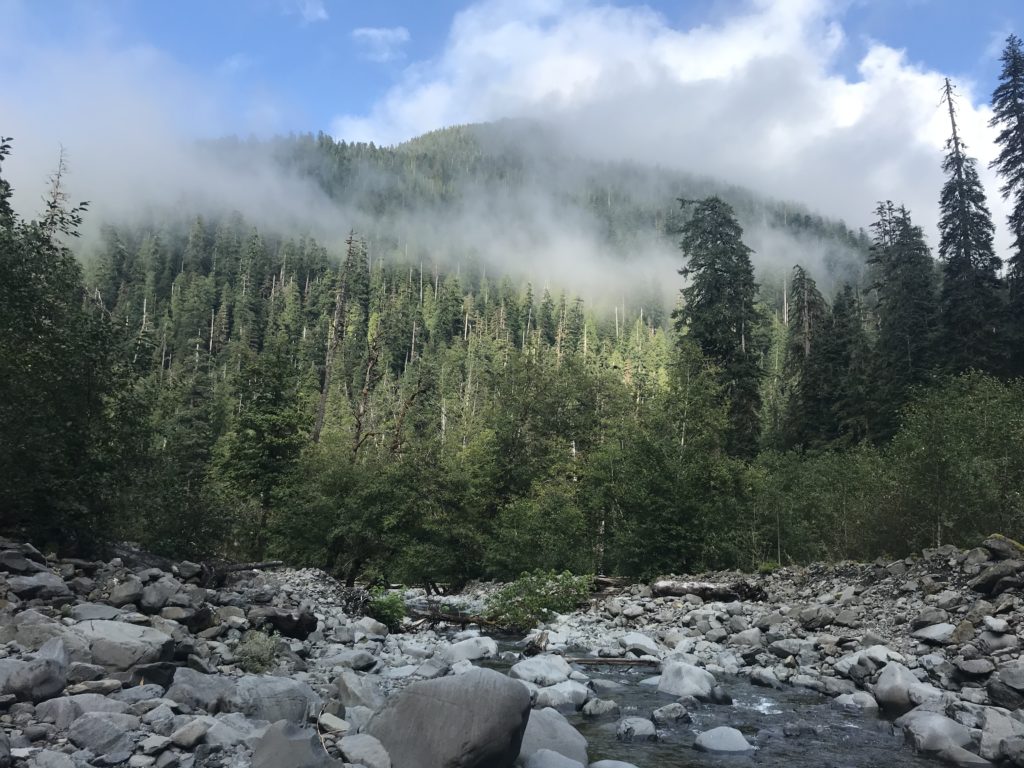
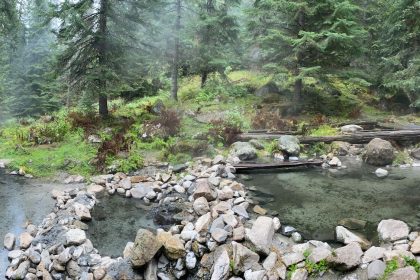
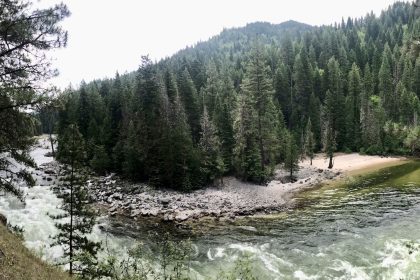
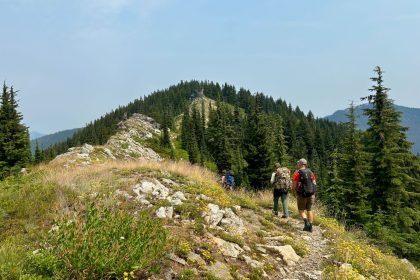
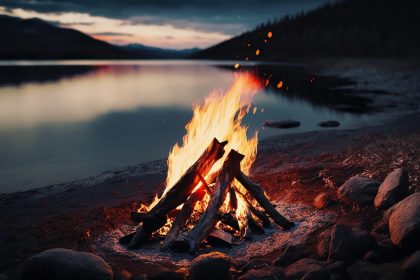

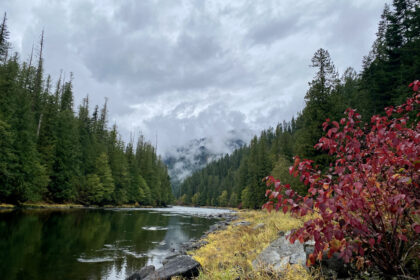
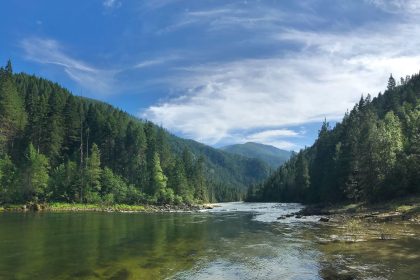
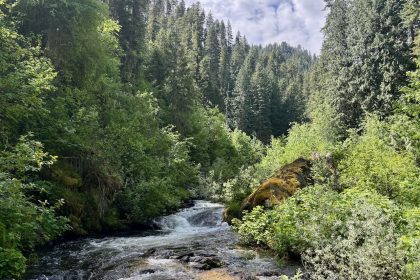
[…] (Re-)Integration (with corresponding rituals for each). I went into this in some detail in my post, Wilderness Therapy as a Rite of Passage, but I’ll just draw the parallels to hiking […]